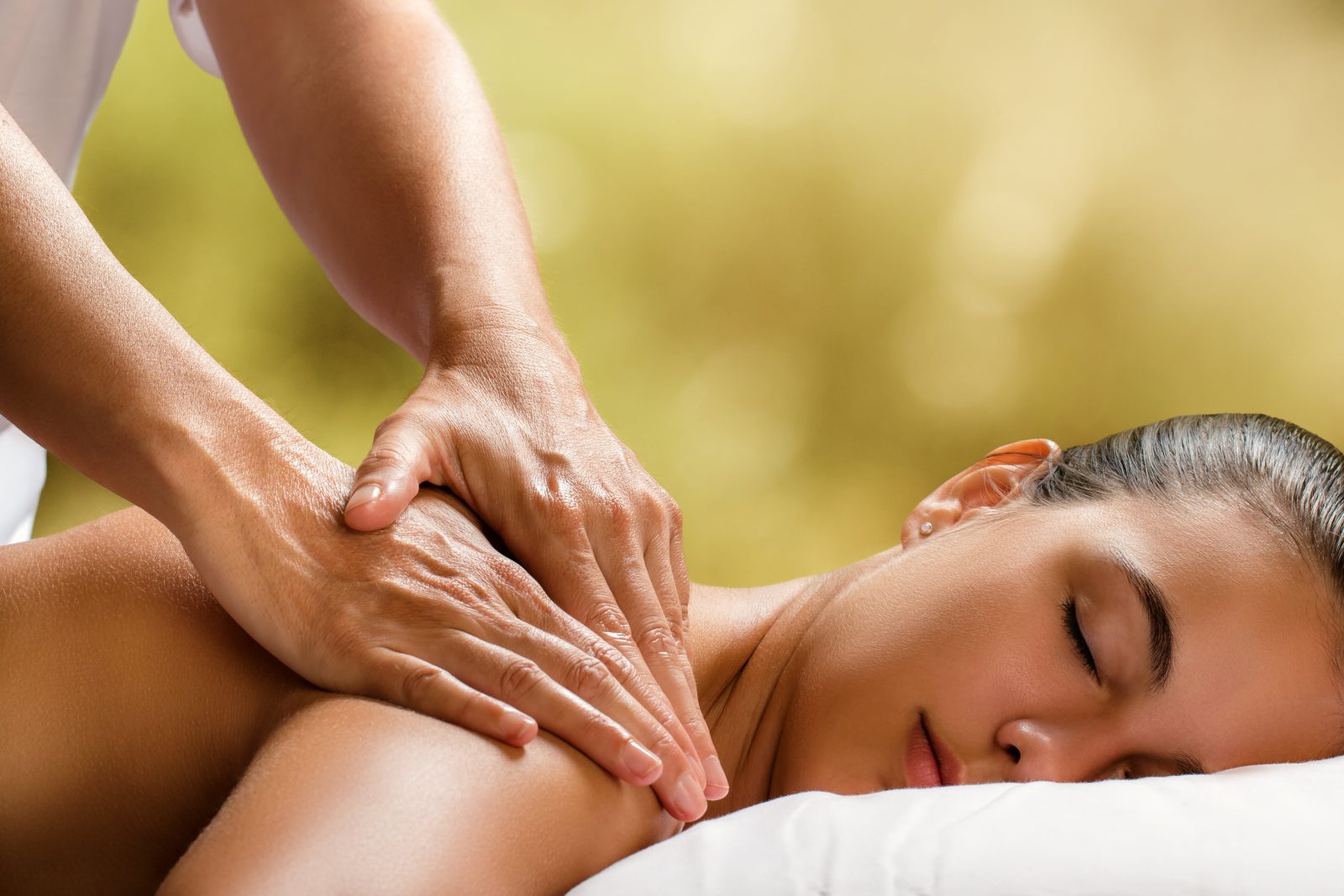Understanding the Basics of Massage Therapy
Massage therapy is an ancient practice that involves manipulating the body’s soft tissues to improve health and well-being. This therapeutic technique has been used for centuries across various cultures, each with its own methods and traditions. The fundamental purpose of massage is to alleviate tension, enhance circulation, and promote relaxation. By applying pressure to muscles, tendons, and ligaments, massage therapists can address various physical and psychological ailments. Today, massage therapy is recognized not just as a luxury but as a crucial component of health care that can help manage stress, pain, and chronic conditions.
The Physical Benefits of Massage
One of the most significant advantages of massage therapy is its ability to relieve physical pain and discomfort. Whether you’re dealing with chronic back pain, tension headaches, or muscle soreness, a well-executed massage can provide substantial relief. The increased circulation stimulated by massage helps deliver oxygen and nutrients to tissues, which promotes healing. Moreover, massage therapy can improve flexibility and range of motion, particularly in individuals who suffer from conditions like arthritis or sports injuries. Regular sessions can also reduce inflammation, lower blood pressure, and boost immune function, making it a powerful tool for maintaining physical health.
Mental and Emotional Advantages
Beyond its physical benefits, massage therapy also offers considerable mental and emotional advantages. In our fast-paced, stress-filled lives, it’s easy to become overwhelmed and anxious. Massage therapy provides a sanctuary where one can unwind and reconnect with their body. The calming effect of massage lowers cortisol levels, which are associated with stress, and increases the production of serotonin and dopamine, neurotransmitters that promote happiness and well-being. This chemical balance can lead to improved mood, better sleep, and even enhanced cognitive function. By integrating massage into a regular wellness routine, individuals can experience a profound improvement in their overall mental health.
Choosing the Right Massage for Your Needs
With the variety of massage techniques available, it’s essential to choose the one that best suits your individual needs. Swedish massage, for instance, is ideal for those looking to relax and relieve stress. It involves long, flowing strokes that promote overall relaxation and circulation. Deep tissue massage, on the other hand, targets deeper layers of muscle and connective tissue, making it suitable for those with chronic pain or injuries. Other forms like hot stone massage, aromatherapy massage, or reflexology offer specialized benefits tailored to specific conditions or preferences. Consulting with a professional massage therapist can help you identify the most appropriate type of massage for your body’s unique requirements.
In conclusion, massage therapy is more than just a pampering experience; it’s a holistic approach to health that benefits both the body and mind. Whether you’re seeking relief from physical pain or looking to reduce stress and improve your emotional well-being, massage therapy offers a wide range of benefits. By understanding the different types of massage and their specific advantages, you can incorporate this powerful practice into your health regimen for lasting effects.마사지




Leave a Reply